All products featured are independently chosen by us. However, SoundGuys may receive a commission on orders placed through its retail links. See our ethics statement.
How to become a DJ
The fundamentals of DJing are really quite simple. It’s all about having different sources of music and a mixer that allows you to cleanly and smoothly move from one song to the next—the tools have changed and advanced over the years, but the general principles remain the same.
If you’re interested in picking up this skill, it’s important to have a good grasp of audio fundamentals, DJing equipment, song selection, and an understanding of the crowd that will eventually gather in front of you. While some of this knowledge can only be acquired through experience, we’re going to take you through the basics here so you can begin your journey.
Choose your tools
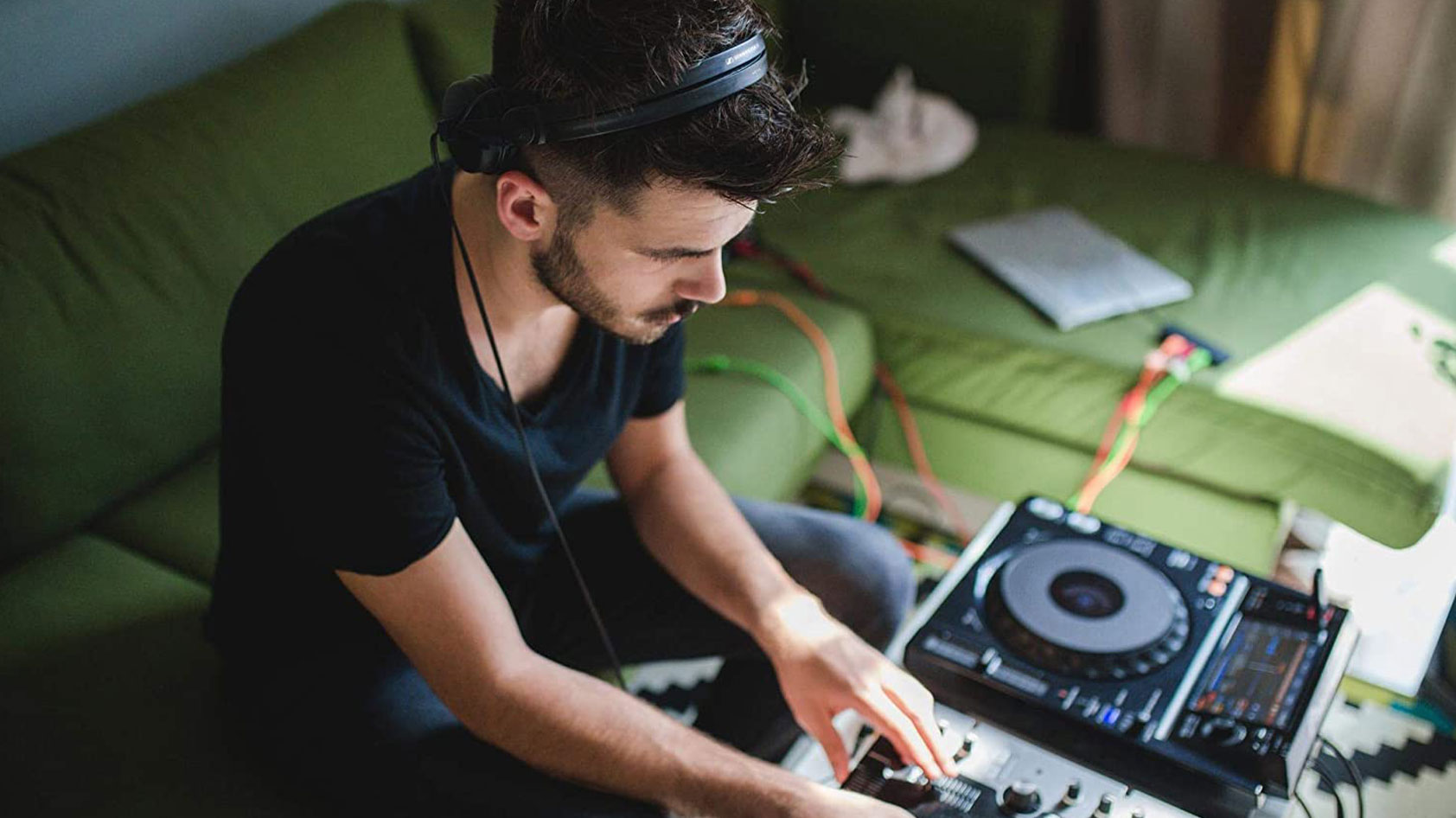
There are a wide variety of different approaches to DJing, depending your equipment, and sometimes even what style of music you want to play. You’ll obviously need some basic tools like headphones, but the choice of mixer and audio source vary wildly. They each have different strengths and weaknesses, including differing sonic characteristics. However, the fundamentals are still the same, providing two or more sources of audio and faders that allow you to control the volume of each source for smooth transitions. We’re going to take you through three of the most popular methods here.
Laptop and controller
This is one of the most accessible options and the one we recommend if you’re picking up DJing for the first time. A virtual mixer and turntable replaces the traditional physical mixer and audio inputs. There are several popular applications that enable you to do this, including Serato, Traktor, and Mixxx (Mixxx in particular is free and open source). If you’re a producer already used to the workflow of a DAW like Ableton, most of those also have support for the features that would be needed to start DJing.
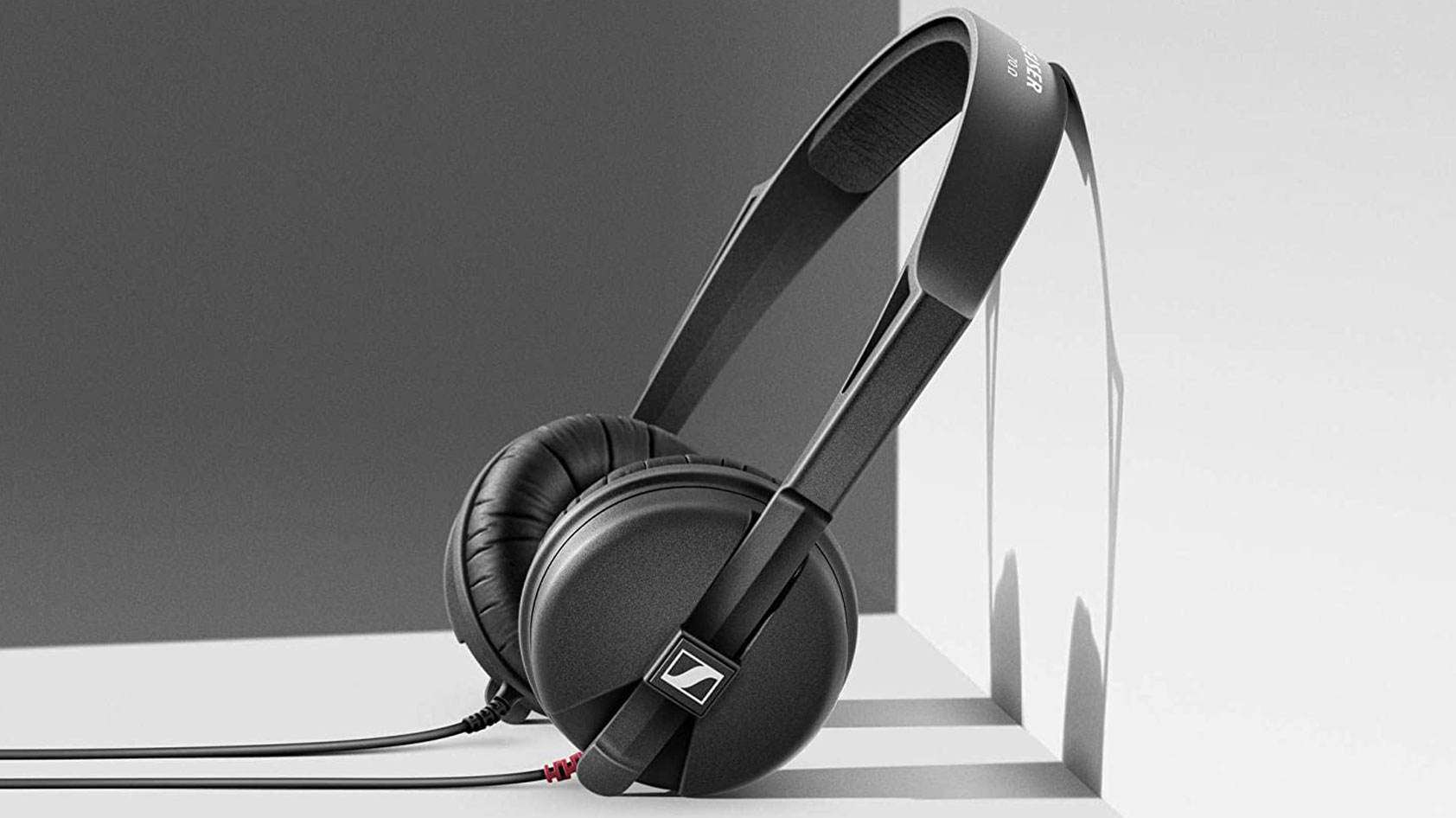
Once you have your application of choice and have a bit of an understanding of how it works, you’ll likely want to look into buying a DJ controller and an audio interface. A good DJ controller will put all of the controls and faders at your fingertips in a way that allows you to DJ more effectively. A good audio interface will allow you to have two separate outputs, one connected directly to the main speakers and another output that will allow you to “cue” the next song on a pair of monitors or headphones.
CDJs
The next step up from using a laptop is using CDJs. CDJs started out in the 90s as a way to use CDs while DJing, but they’ve expanded in scope since then, and now support multiple media formats including USB flash drives and SD cards, depending on the model. CDJs are the industry standard for professional DJ work—they’re pretty easily available and found in almost every nightclub. Laptops these days are more than good enough for professional work, but it can be useful to have at least a passing familiarity with CDJs.
Knowing how to work with CDJs also makes you more capable of doing back-to-back mixes with other DJs as part of a night-long lineup. Pioneer makes the most popular CDJs on the market right now, but other companies also make good models that all work on similar principles and take similar media formats.
Turntables
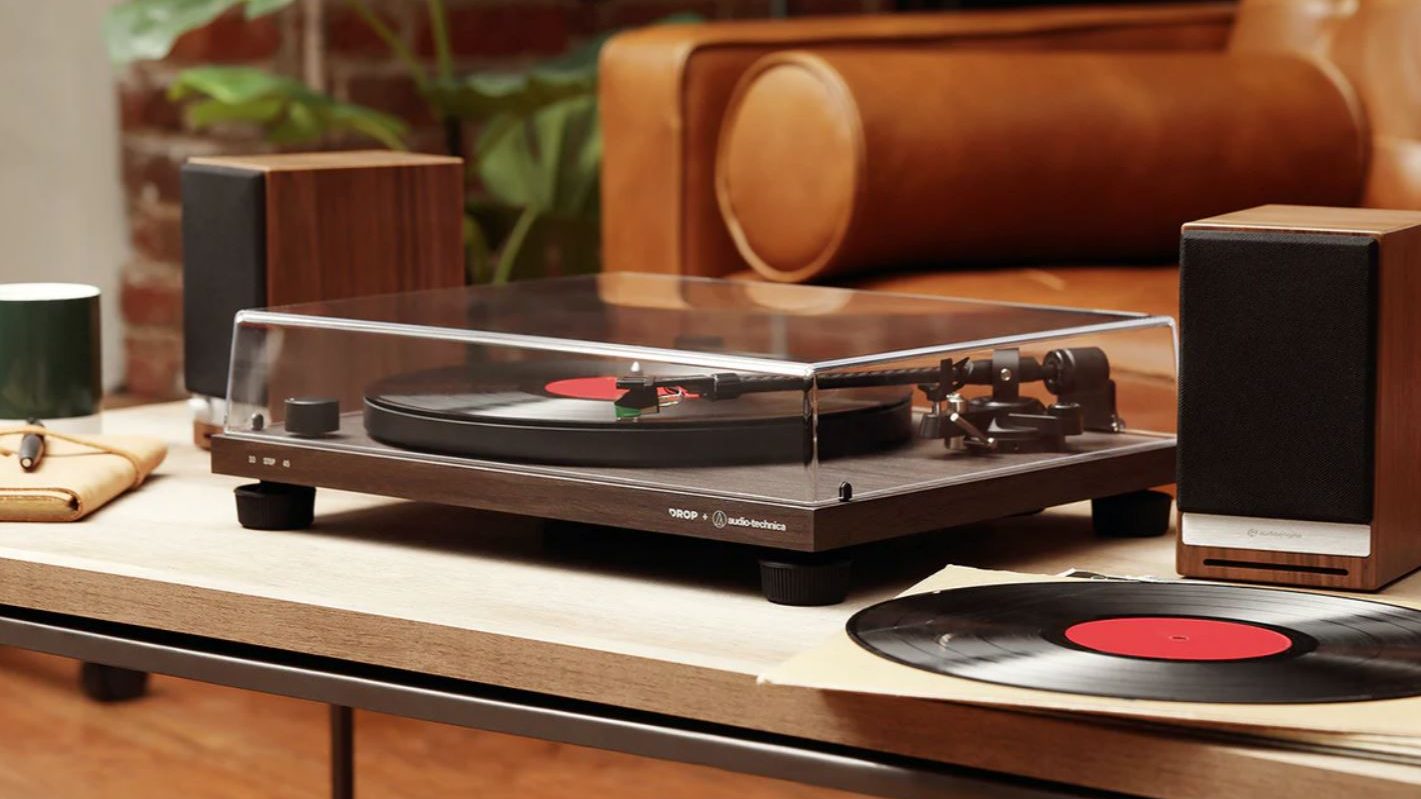
If you’re interested in learning the roots of DJing, you may enjoy picking up some vinyl records and using turntables. However, you need a stronger grasp of fundamentals compared than you would with digital methods, as there’s no automatic syncing between different songs. You have to know how to do everything with your ears and your skill. You also usually can’t just pick up your usual listening turntable, as most are belt-driven. For DJing you’ll need a direct drive turntable, some of which are made specifically with DJs in mind. This allows you to directly manipulate the position of the needle, or even start with record scratching techniques.
Learn the skills
Once you have an idea of what sort of tools you want to start learning with, you’ve got to work on the basic skills that make up DJing. These skills are important to understand, no matter what sort of equipment you’re using, though of course you’ll have to learn the specific methods for your gear on your own.
Audio signal fundamentals
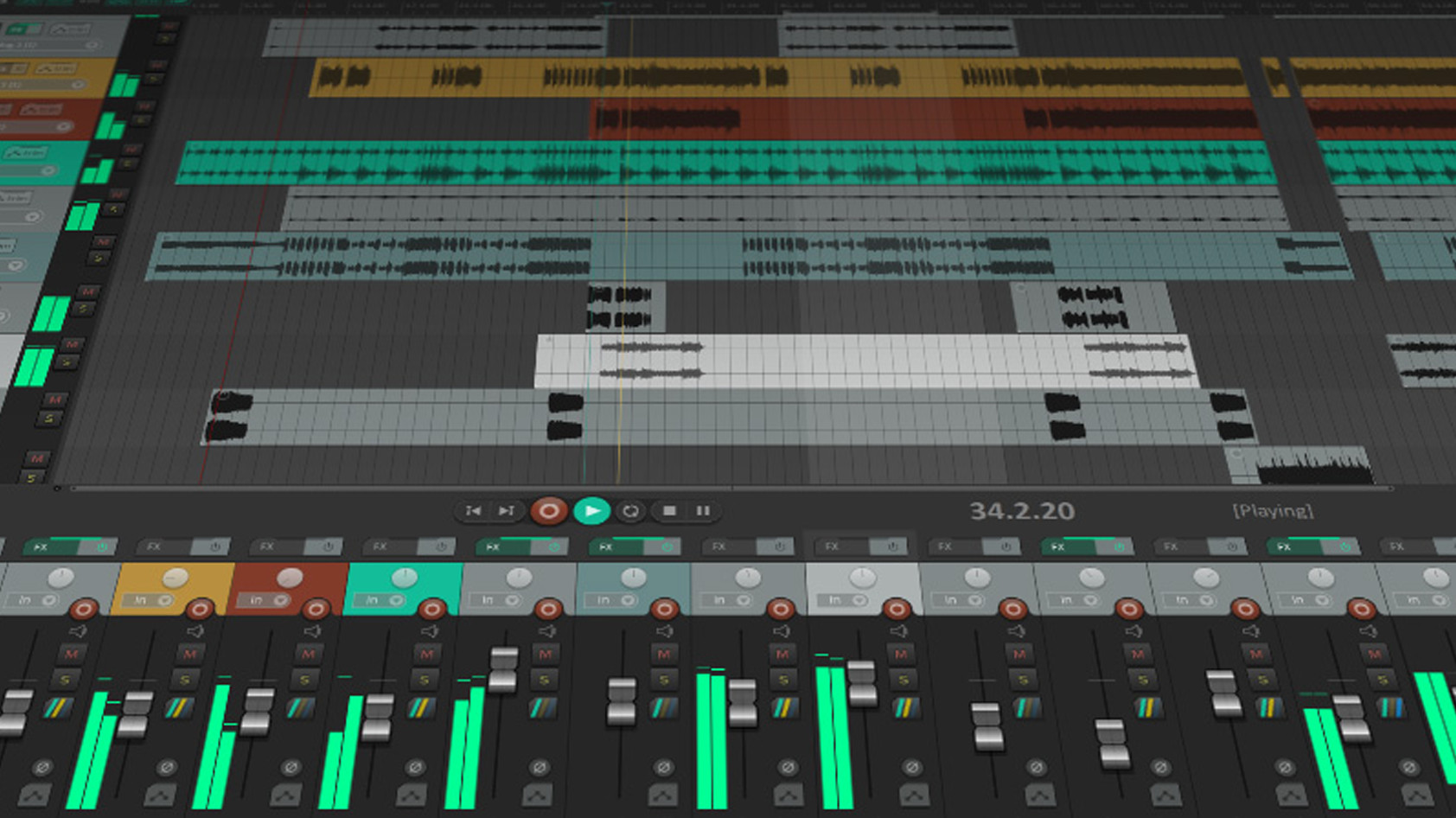
It’s important to understand the basics of gain staging before you start mixing together songs. Having a basic knowledge of decibels (dB), decibels full scale (dBFS), stereo recording, equalization, and low-pass/high-pass filters are all important to understanding how different parts of a DJ mixer work. The most important thing is to ensure you’re not clipping at any part of your signal chain. Clipping happens when the audio signal exceeds 0dBFS, producing unpleasant distortion. It’s easy to make this mistake when you’re starting out, as louder things often sound perceptually better. If you push the level too hard it will significantly degrade the sound quality, as well as pose a threat to the loudspeakers in the venue you’re playing it (and that will make the sound engineer especially angry).
It’s also important while building your collection to ensure you’re finding high quality audio files. If you’re collecting anything in a lossy format it’s important to make sure that it isn’t encoded at a low bitrate, like those commonly found on sites like YouTube or SoundCloud. Imperfections in your music collection will sound even more noticeable when played over a loud club sound system.
Beatmatching
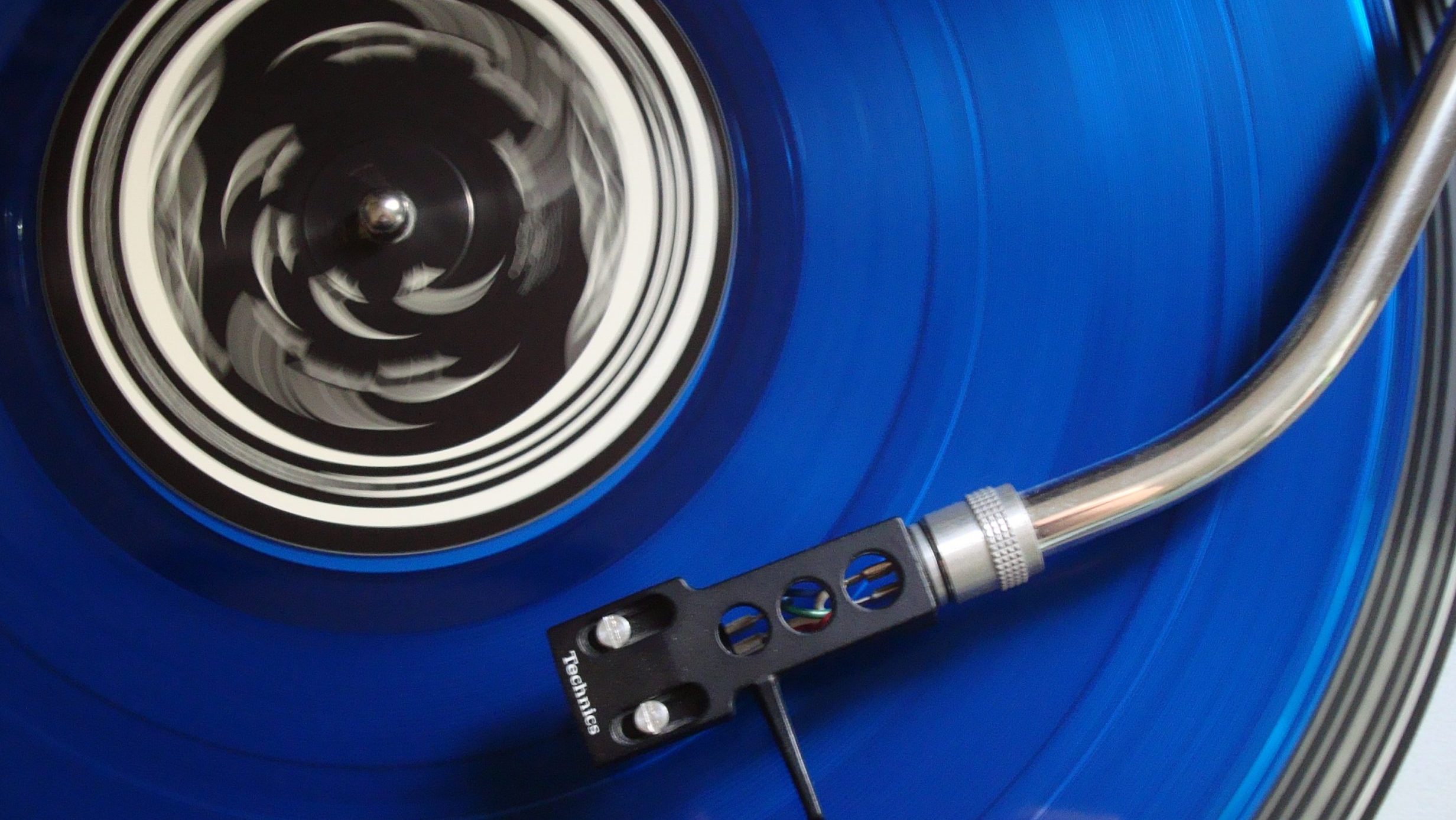
The basic building block of DJing is matching up the rhythm of two different songs to transition smoothly between them. This is fairly simple when the two songs are at the same beats per minute (BPM), but gets more complicated when mixing songs with two different BPMs. To match two songs already running at the same speed you need only sync the beat at the start of the bar (on CDJs and laptops this can be done with the Cue button), check it using headphones, and then begin playing the second song in time with the song that’s already playing. However, to match two songs with different BPMs you’ll have to adjust the speed of either song to match. Once this is done all that remains is to fade in the new song. Newer CDJs and DJ applications simplify this process by offering automatic syncing buttons.
Phrase matching
Phrase matching involves handling beat matching while keeping in mind the overall structure of the music you’re playing. This involves having a good knowledge of your collection of music, especially the two songs you’re trying to transition between. To do this you have to know how many bars of music are between one section (a verse or chorus, for instance) and the next one, and then start the next song you’re playing with the same number of bars between a similar transition point in that song. Luckily, most popular music is composed with similar guidelines: 8 or 16 bars are the usual amount before some form of musical change. By matching the music up in this way you can heighten the emotion by drawing the buildup of one song into the chorus of another.
Making better transitions
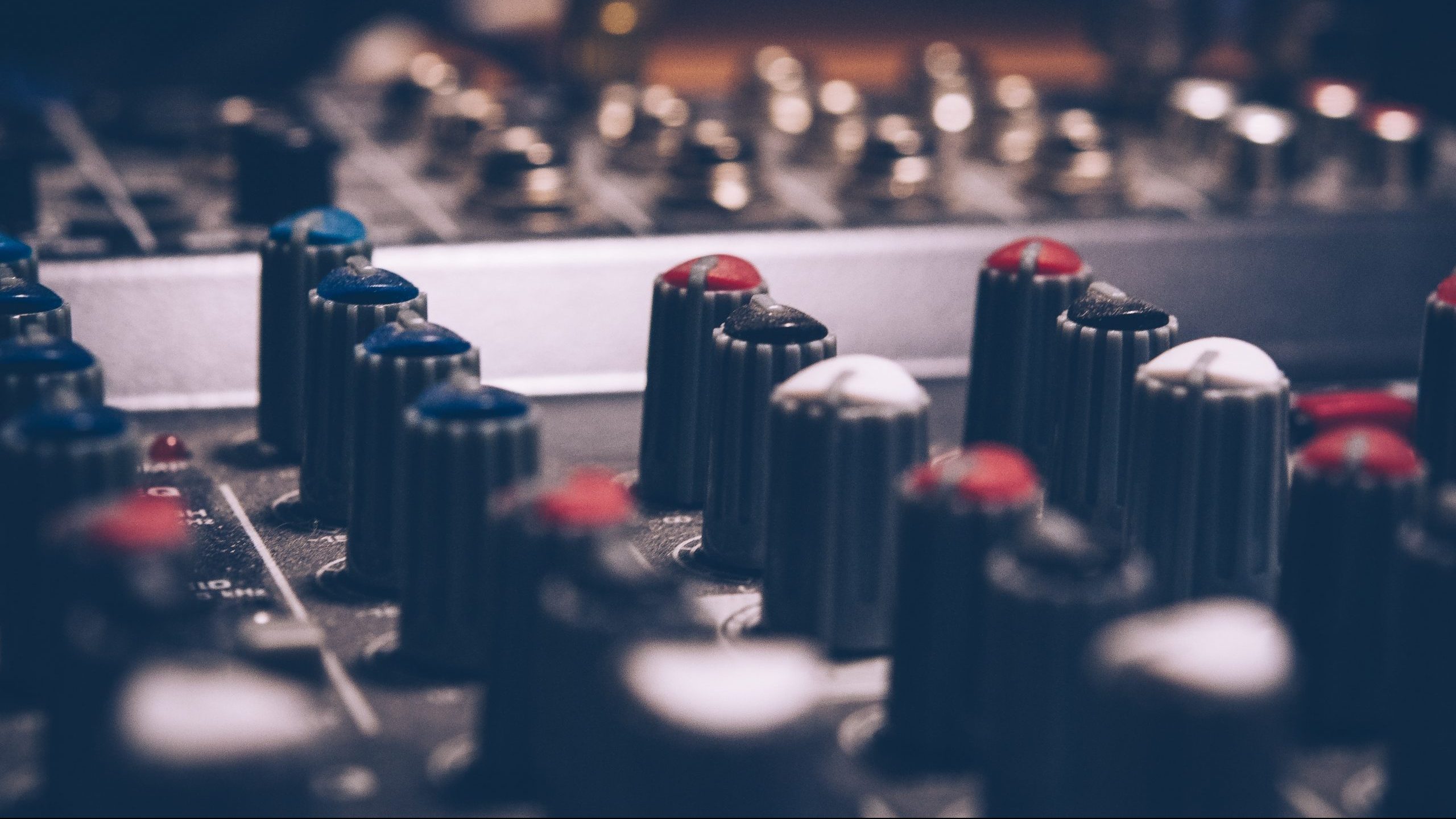
Another important technique is understanding how to make the two songs you’re fading between sound cohesive. One of the best things to do here is to adjust the EQ on the upcoming song to help it fit tonally with the previous song. Another thing to do to for more effective transitions is to use a high-pass filter to cut out some of the low end of the previous song during a transition. Doing this will allow you to bring the low end back in all at once when the new song first hits, and avoid clashes in the bass frequencies. It’s important to remember that on club sound systems the feel of the bass is supremely important and very noticeable compared to home listening systems.
Extended techniques
Beyond these fundamentals there’s a variety of places you can take your technical DJ skills. You can develop different styles of transition between songs by going beyond traditional fades, using tools like reverb, filters, and other effects to build something more unique on the fly. You can also try to string together songs in the same key, or songs that feature key changes to be more harmonically consistent, this is called key matching. Another thing you can experiment with is scratching, creating your own sound and rhythm by playing, reversing, speeding up, and slowing down a piece of music as it plays. This can create your own distinctive and recognizable style of DJing.
The things you can’t read in a book
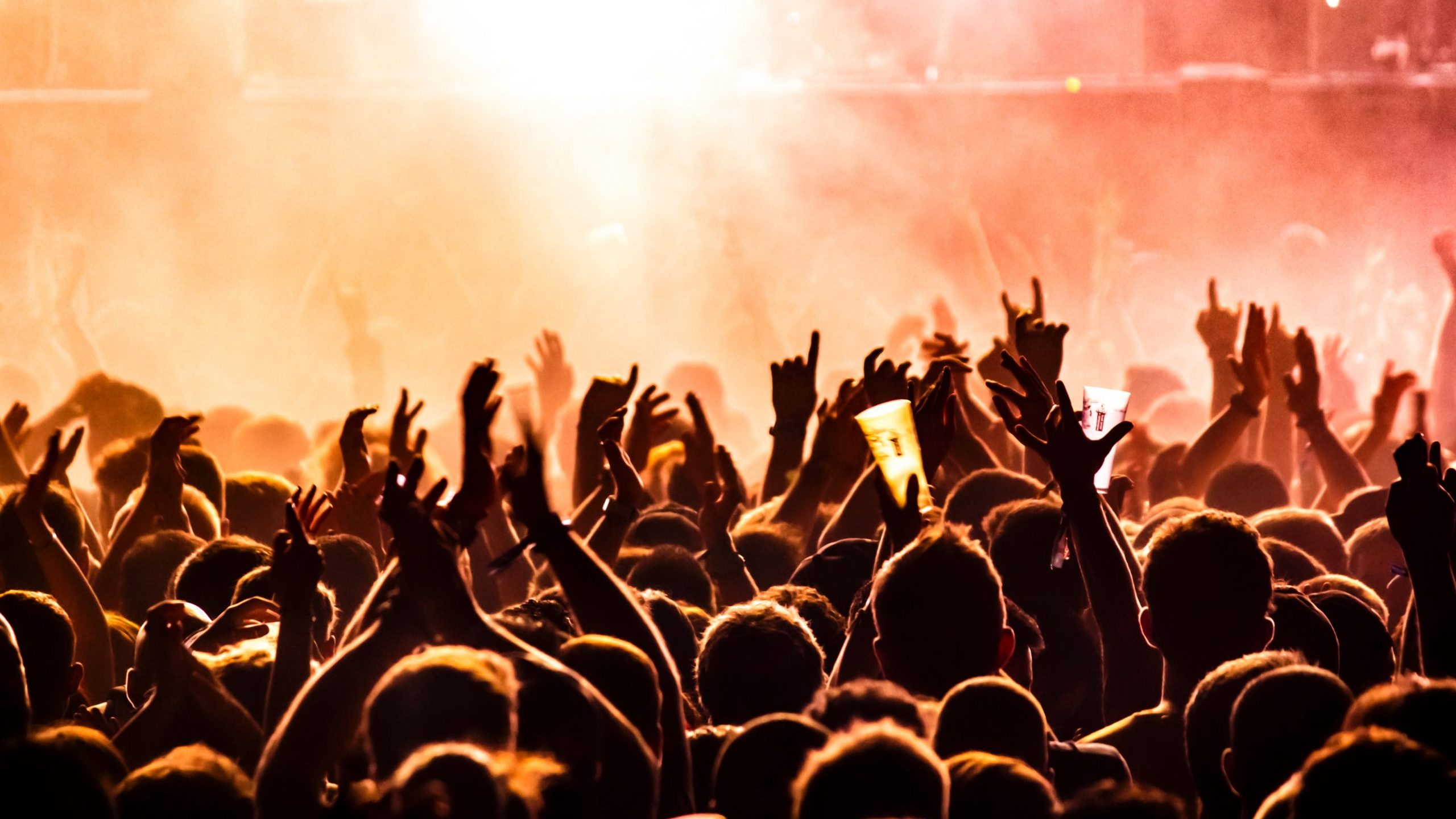
The final, and possibly most important thing to learn when DJing what you can’t learn just by reading. You’ve got to check your ego at the door and put yourself in the audience’s shoes. This means having good song selection. The finely curated collection of music you’ve built over your career means nothing if it doesn’t fit the crowd you’re playing for. As you play more gigs you’ll start to build a feel for when to amp up the energy, when to ease back, when to raise the BPM, and when to drop it. This also means letting songs play out some of the time; newer DJs are often eager to keep transitioning to the next song they have cued up, which sometimes means moving on from someone’s favorite song after only letting it get through the chorus!
This domain of knowledge extends beyond the crowd too. Being a DJ requires making friends in the scene. No one is going to book you to play an event if they don’t have someone vouching for you, or know who you are personally. At a certain point, you’ve just got to go to local venues and meet people. Your local music scene is a community, and you won’t get to know people in it by standing at the periphery. Go out and join the community for its own sake, and eventually you’ll find an outlet for DJing. This applies equally if you’re looking to DJ for more financially lucrative events like weddings too—you’ve got to know and understand the people you’re playing for.